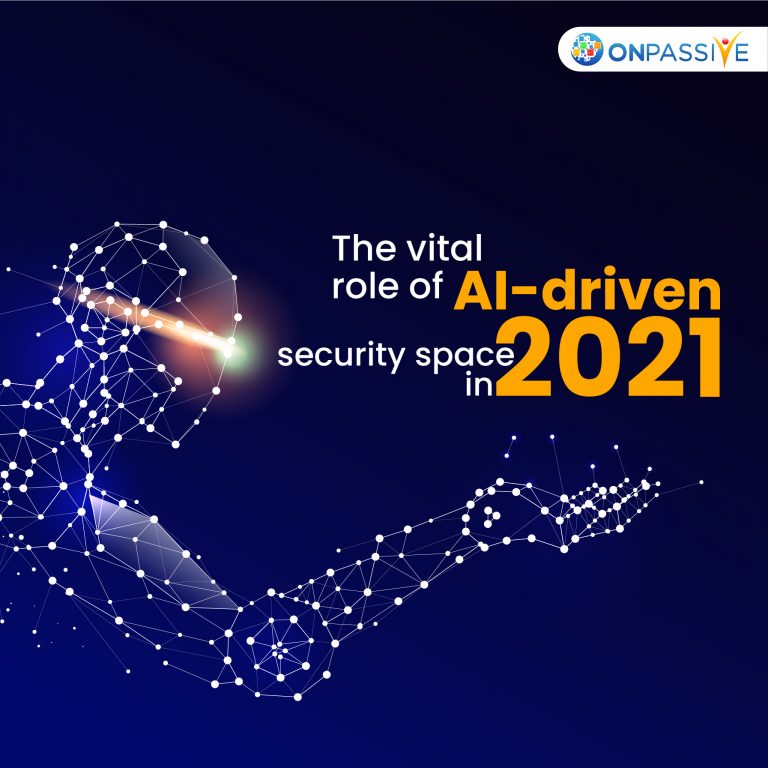
Before the global pandemic struck in 2020 and the world was flipped completely around, artificial intelligence (AI), and explicitly the branch of AI known as machine learning (ML), already causing widespread disruption in pretty much every industry.
The Coronavirus pandemic has affected many aspects of how we do business together, yet it hasn’t diminished the impact AI has on our lives. Indeed, it’s become clear that self-teaching algorithms and intelligent machines will have a significant impact in the continuous battle against this flare-up, just as others we may look at later on.
Artificial Intelligence undoubtedly stays a key trend in picking the technologies that will change how we live, work, and play soon. Along these lines, here’s an outline of what we can expect during what will be a year of rebuilding our lives, just as rethinking business procedures and priorities.
Using AI-driven technology and its benefits
The Ascent of Smart City Speculations
Increasing advancement of smart cities and using AI-driven technology to build safe communities and networks. Until now, we’ve seen an increment in the number of smart city programs throughout the planet; urban areas are deploying innovative technologies for the management and simplicity of life services.
Typical advancement of a city incorporates standard infrastructure – streets, power, schools, water, and transportation. Presently, internet, data and AI abilities are essential to the standard infrastructure necessities for every new turn of events. AI vows to convey expanded efficiencies with the infrastructure that oblige growing populaces while diminishing our impact on the climate, assets, and communities.
Multi-Sensor AI Security Solutions
Likewise, targeted magnetic and radar sensor advancements, covered in ordinary objects like planter boxes or inside dividers, could now check people and bags entering a building for concealed threat objects. Utilizing AI/ML, these two sensor solutions can recognize metal content on the body and bag and match the item to a list of threat items, like weapons, knives, rifles, and bombs.
Without this high-level and advanced multi-sensor solution, it turns out to be almost difficult to find a weapon on an individual’s body before it shows up in an assailant’s hands. This multi-sensor solution allows for touchless, unobtrusive admittance to a building; however, it considers short notice to onsite security when a concealed threat is recognized.
The secret technology hence enables security staff to block threats before they evolve into a more extensive scale attack while likewise keeping up the public’s security and civil liberties, except if they are carrying a concealed weapon or pose an actual physical threat.
With the appearance of sophisticated surveillance and technological advancement, caution should be applied. Regardless of the progressing global debate, there is a minimal guideline about utilizing AI technologies in the present physical security space.
Using AI-Driven Technology to Create secure Public and Private Spaces
Today, AI security solutions are being created and can be clandestinely deployed across a scope of physical environments to ensure the populace effectively and precisely. As we look forward to the future of public wellbeing, it’s clear that new AI technology can drastically improve the viability of today’s physical security space.
One such deployment is the utilization of video object recognition/ PC vision software incorporated into existing video monitoring security (VMS) frameworks. These improved VMS frameworks can be conveyed both inside and outside buildings to distinguish dangers and flag threats, such as weapons, aggressive practices, theft, security consistency and safety compliance.
Conclusion
Technology has shown itself to be an essential ally amid an emergency. For intelligent communities, innovative AI/ML technologies will help upgrade security solutions in regions that are brimming with potential.
Explicitly AI can significantly improve the effectiveness of security frameworks and help us better defend against a wide range of threats.
Technology has a colossal role in making our communities safe in 2021 and beyond; however, for security frameworks to be compelling, they should not be oppressive or obstructive. It will guarantee they have the full support of the public – the key to success.


